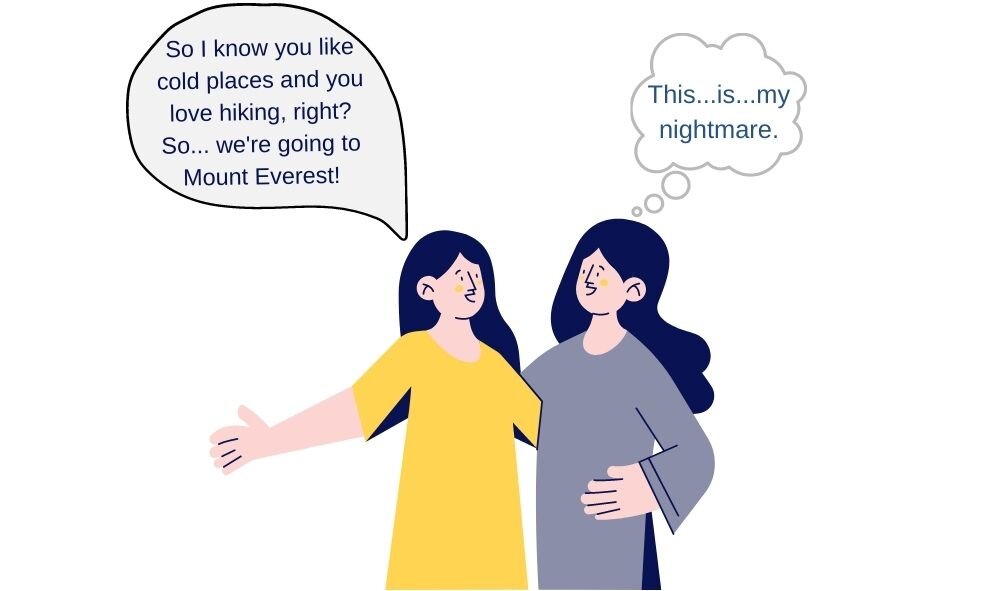It’s no surprise that asking questions are a big part of product design research, as with all other types of researches as well. I’ve seen time and time again how the product design research done was unable to live up to its full potential of providing stellar insights and hence, unable to shape the product such that it has the best product/market fit. And this unfortunate outcome stems from the most basic element of research: asking the right questions.
A handful of students from my Introduction to User Experience (UX) Design class were keen to learn more about validating the products they were building through user research which inspired me to write this post. There are 2 instances where you formulate a list of questions during the discovery phase of the product design and development process:
- Creative brief or product design document: This set of questions are introspective in nature and give us a frame of reference for the decisions we are about to make as a product designer.
- User interview guide/checklist: This set helps us validate our product hypotheses or uncover more insights with our users.





